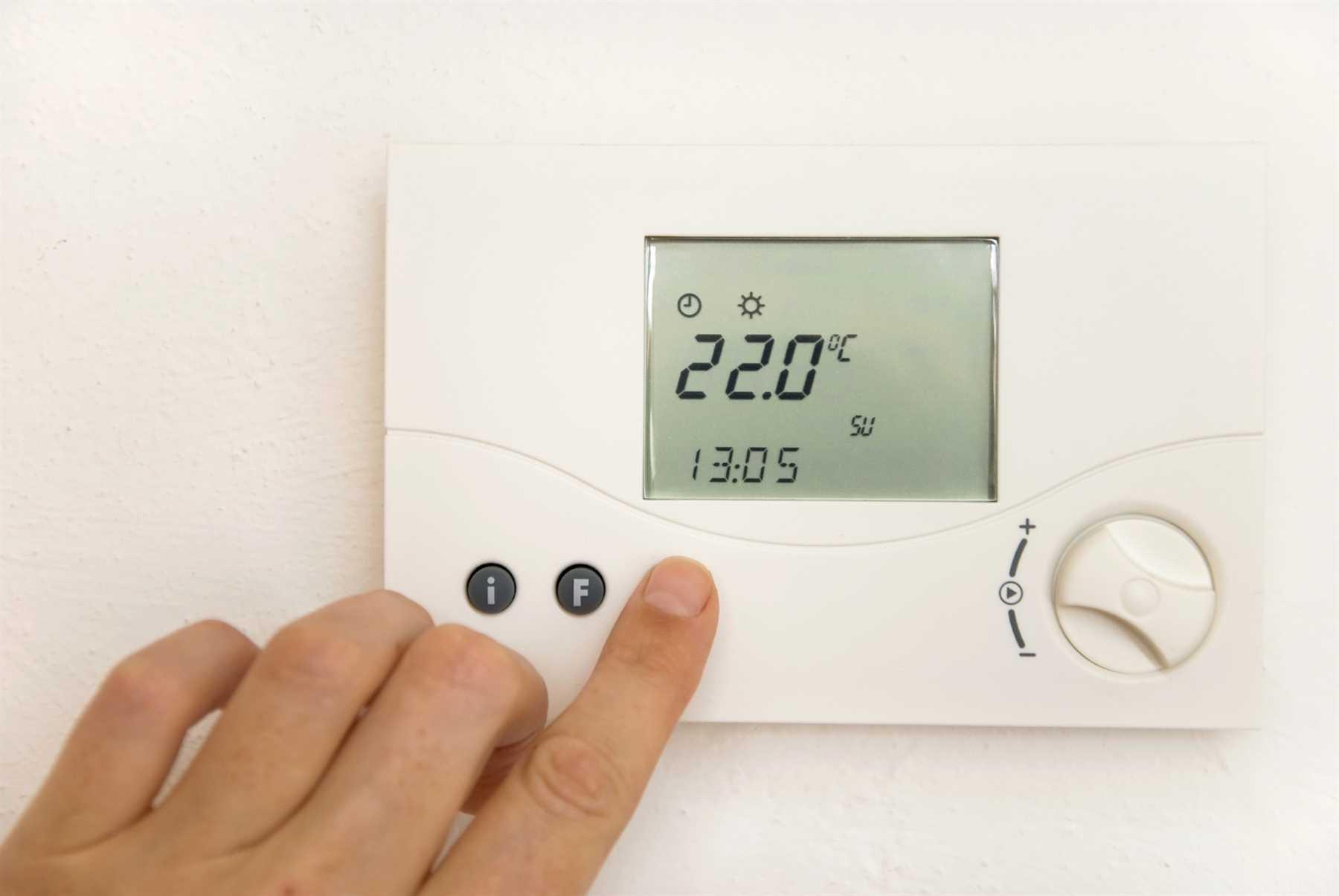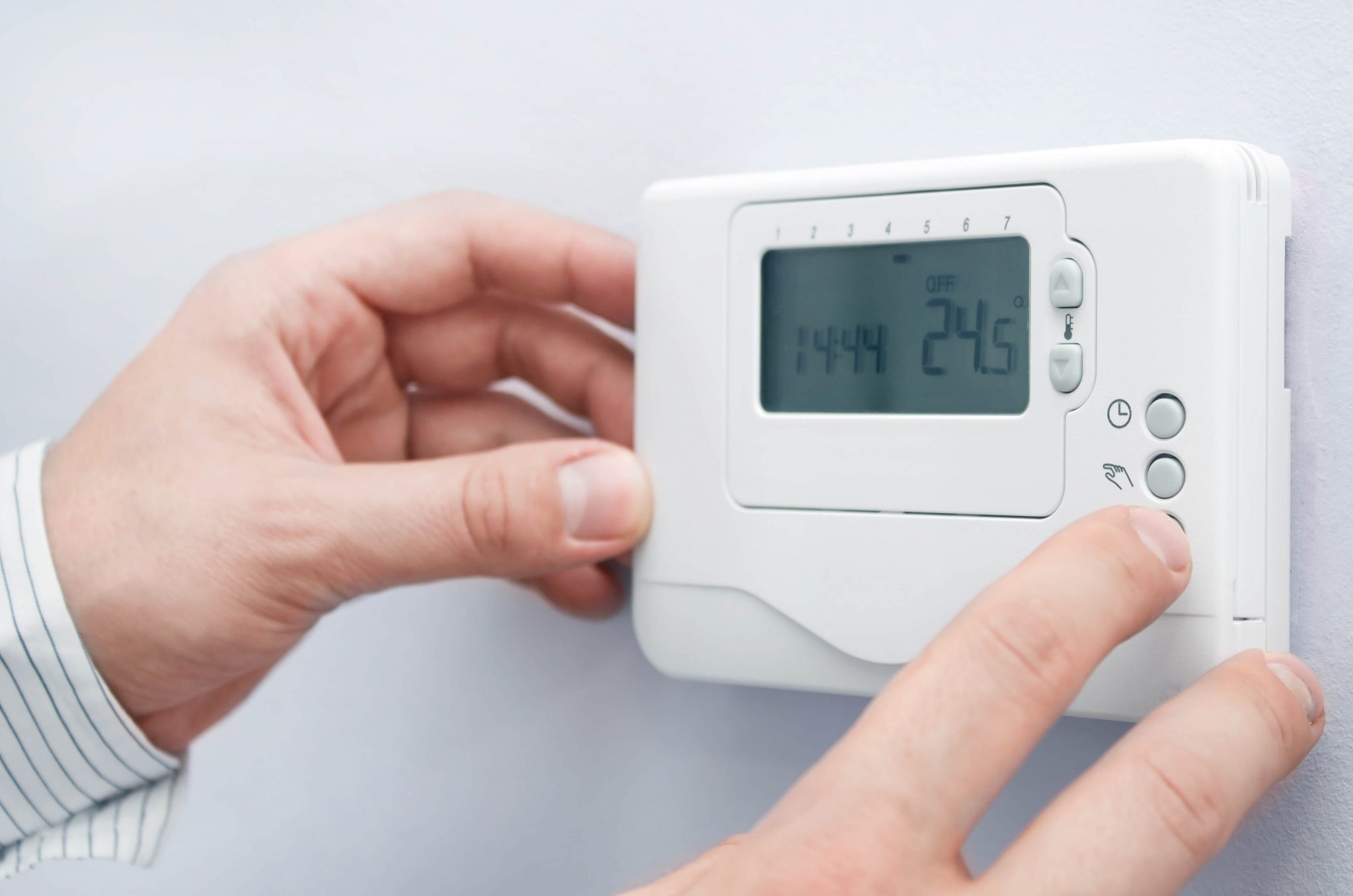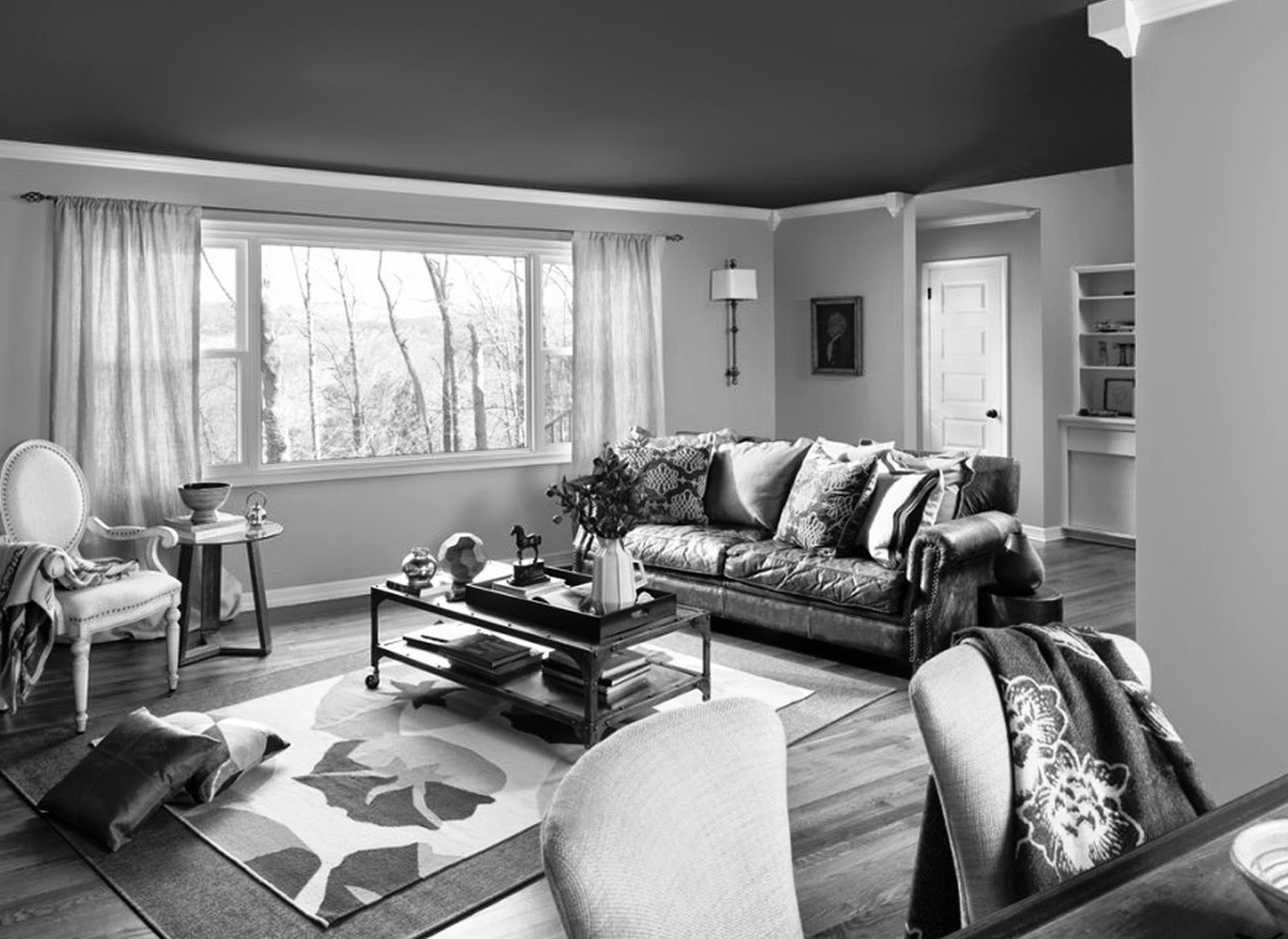When it comes to creating the perfect atmosphere in your living room, finding the right temperature is crucial. Not only does it affect your comfort level, but it can also impact your energy bills and the lifespan of your furniture and electronics. So, what is the ideal temperature for your living room? The answer may vary depending on your personal preferences and the climate you live in, but generally, the ideal temperature for a living room is between 68-72°F. This temperature range is comfortable for most people and also helps to maintain energy efficiency in your home.1. The Ideal Temperature for Your Living Room
One of the best ways to determine the ideal temperature for your living room is to experiment with different settings. Start by setting your thermostat to 68°F and see how it feels. If it's too cold, increase the temperature by a degree or two and see if that makes a difference. Keep adjusting until you find the perfect balance of comfort and energy efficiency. You can also take into consideration the time of year and your location. If you live in a colder climate, you may want to set your thermostat slightly higher during the winter months. Alternatively, those living in warmer climates may prefer a slightly lower temperature to stay comfortable.2. How to Find the Perfect Temperature for Your Living Room
Once you've found the perfect temperature for your living room, it's important to maintain it to ensure maximum comfort and energy efficiency. Here are a few tips to help you maintain the ideal temperature:3. Tips for Maintaining the Ideal Temperature in Your Living Room
While the ideal temperature for a living room is generally between 68-72°F, there are some specific thermostat settings that can help you maintain this temperature more efficiently. During the winter, set your thermostat to 68°F when you're home and awake, and then lower it by a few degrees when you're asleep or away. In the summer, aim for a temperature of 72°F and adjust accordingly based on your personal comfort level.4. The Best Thermostat Settings for Your Living Room
Aside from using your thermostat, there are other ways to keep your living room at the ideal temperature:5. How to Keep Your Living Room at the Perfect Temperature
Aside from maintaining your comfort level, finding the ideal temperature for your living room can also have a significant impact on your energy bills. By keeping the temperature within the recommended range of 68-72°F, you can save up to 10% on your heating and cooling costs each year. Additionally, the right temperature can also help to preserve your furniture and electronics. Extreme temperatures can cause damage and wear and tear, so maintaining a consistent and moderate temperature can help prolong the lifespan of your belongings.6. The Importance of Finding the Right Temperature for Your Living Room
While the recommended temperature range for a living room is 68-72°F, there may be some variations depending on your specific needs and preferences. Here are some general temperature ranges for different situations:7. Ideal Temperature Ranges for Living Rooms
When adjusting your thermostat, it's important to do so in small increments to avoid drastic temperature changes. If you're feeling too hot or too cold, try adjusting the temperature by a degree or two and give it some time to see if it makes a difference. You can also use a smart thermostat to remotely control the temperature in your living room and make adjustments as needed. This can be especially helpful for those who are away from home often.8. How to Adjust Your Thermostat for Optimal Living Room Temperature
While the recommended temperature range for a living room is 68-72°F, there are some factors you may want to take into consideration when setting the temperature:9. Factors to Consider When Setting the Temperature in Your Living Room
There are several benefits to maintaining the ideal temperature in your living room:10. The Benefits of Maintaining the Ideal Temperature in Your Living Room
The Importance of Temperature Control in Your Living Room

Creating the Perfect Living Space
 The living room is often considered the heart of the home, where families gather to relax, unwind, and spend time together. As one of the most frequently used rooms in the house, it is important to design and maintain a comfortable living room temperature. Not only does this contribute to the overall ambiance and atmosphere of your home, but it also has a significant impact on your health and well-being. In this article, we will discuss the ideal temperature for your living room and how to achieve it.
Key Factors to Consider
Before determining the ideal temperature for your living room, it is important to understand the key factors that can affect it. One of the main factors is the location of your living room within your house. If your living room is on the top floor or receives direct sunlight, it may be warmer than other rooms. On the other hand, if your living room is in the basement or has limited natural light, it may be cooler. Another factor to consider is the outside temperature and climate. If you live in a colder climate, you may need to adjust your living room temperature accordingly.
The living room is often considered the heart of the home, where families gather to relax, unwind, and spend time together. As one of the most frequently used rooms in the house, it is important to design and maintain a comfortable living room temperature. Not only does this contribute to the overall ambiance and atmosphere of your home, but it also has a significant impact on your health and well-being. In this article, we will discuss the ideal temperature for your living room and how to achieve it.
Key Factors to Consider
Before determining the ideal temperature for your living room, it is important to understand the key factors that can affect it. One of the main factors is the location of your living room within your house. If your living room is on the top floor or receives direct sunlight, it may be warmer than other rooms. On the other hand, if your living room is in the basement or has limited natural light, it may be cooler. Another factor to consider is the outside temperature and climate. If you live in a colder climate, you may need to adjust your living room temperature accordingly.
The Ideal Temperature for Your Living Room
 The ideal temperature for a living room is typically between 68-72 degrees Fahrenheit (20-22 degrees Celsius). This temperature range provides a comfortable and cozy atmosphere for most people. However, it is important to note that everyone has different preferences and tolerances for temperature, so it is best to adjust the temperature based on your individual needs. Some people may prefer a slightly cooler temperature, while others may prefer it a bit warmer.
Benefits of Maintaining the Right Temperature
Maintaining the ideal temperature in your living room has numerous benefits. Firstly, it helps to create a comfortable and inviting space for you and your guests. This is especially important during the colder months when you want to escape the chilly weather outside. Additionally, keeping a consistent temperature in your living room can also help with energy efficiency and reduce your heating and cooling costs. It can also have a positive impact on your health, as extreme temperatures can cause discomfort and lead to issues such as dry skin, dehydration, and respiratory problems.
The ideal temperature for a living room is typically between 68-72 degrees Fahrenheit (20-22 degrees Celsius). This temperature range provides a comfortable and cozy atmosphere for most people. However, it is important to note that everyone has different preferences and tolerances for temperature, so it is best to adjust the temperature based on your individual needs. Some people may prefer a slightly cooler temperature, while others may prefer it a bit warmer.
Benefits of Maintaining the Right Temperature
Maintaining the ideal temperature in your living room has numerous benefits. Firstly, it helps to create a comfortable and inviting space for you and your guests. This is especially important during the colder months when you want to escape the chilly weather outside. Additionally, keeping a consistent temperature in your living room can also help with energy efficiency and reduce your heating and cooling costs. It can also have a positive impact on your health, as extreme temperatures can cause discomfort and lead to issues such as dry skin, dehydration, and respiratory problems.
Tips for Achieving the Ideal Temperature
 Now that we know the ideal temperature for a living room, here are some tips to help you achieve and maintain it:
Now that we know the ideal temperature for a living room, here are some tips to help you achieve and maintain it:
- Invest in a programmable thermostat to easily control the temperature in your living room.
- Ensure your living room is well-insulated to prevent heat loss or drafts.
- Use curtains or blinds to block out direct sunlight during the warmer months.
- Keep air vents and radiators clear to allow for proper air circulation.
- Consider using a ceiling fan to help distribute warm or cool air throughout the room.




















































































